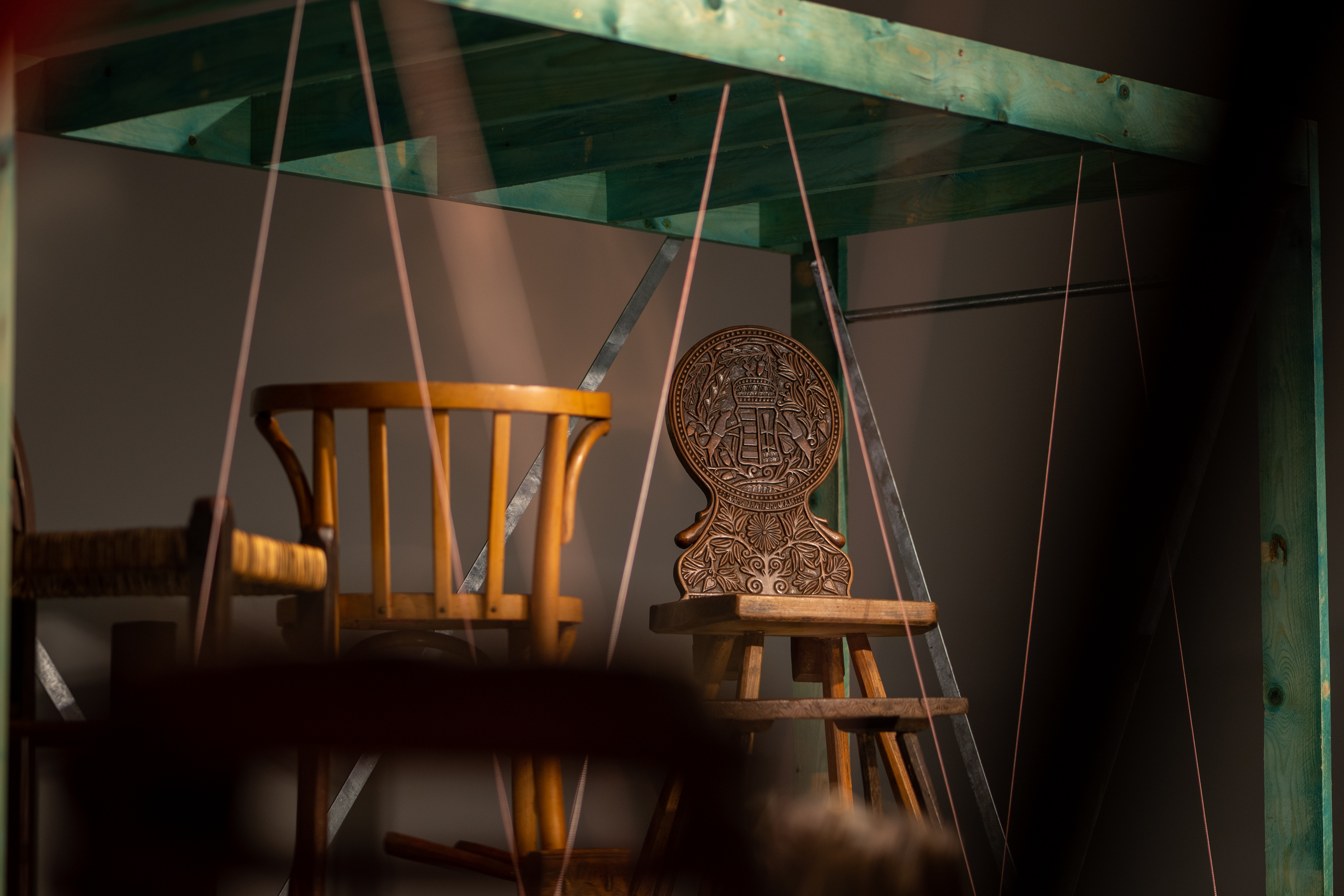Sitting in the chairs designed by contemporary architects in the small exhibition space, I talked to curators Anna Zsoldos and Tamás Molnár. Perhaps it is the ingenious installation or the conscious selection of objects, or maybe it is the concept that makes Anna and Tamás return for a moment to their earlier professional debate, while I am also surprised by the diversity of this object type, and sometimes we interrupt the conversation because it is a pleasure to listen to the visitors' funny or even thought-provoking comments. The Museum of Ethnography has really succeeded in bringing this colloquial object, the chair, closer to everyone.
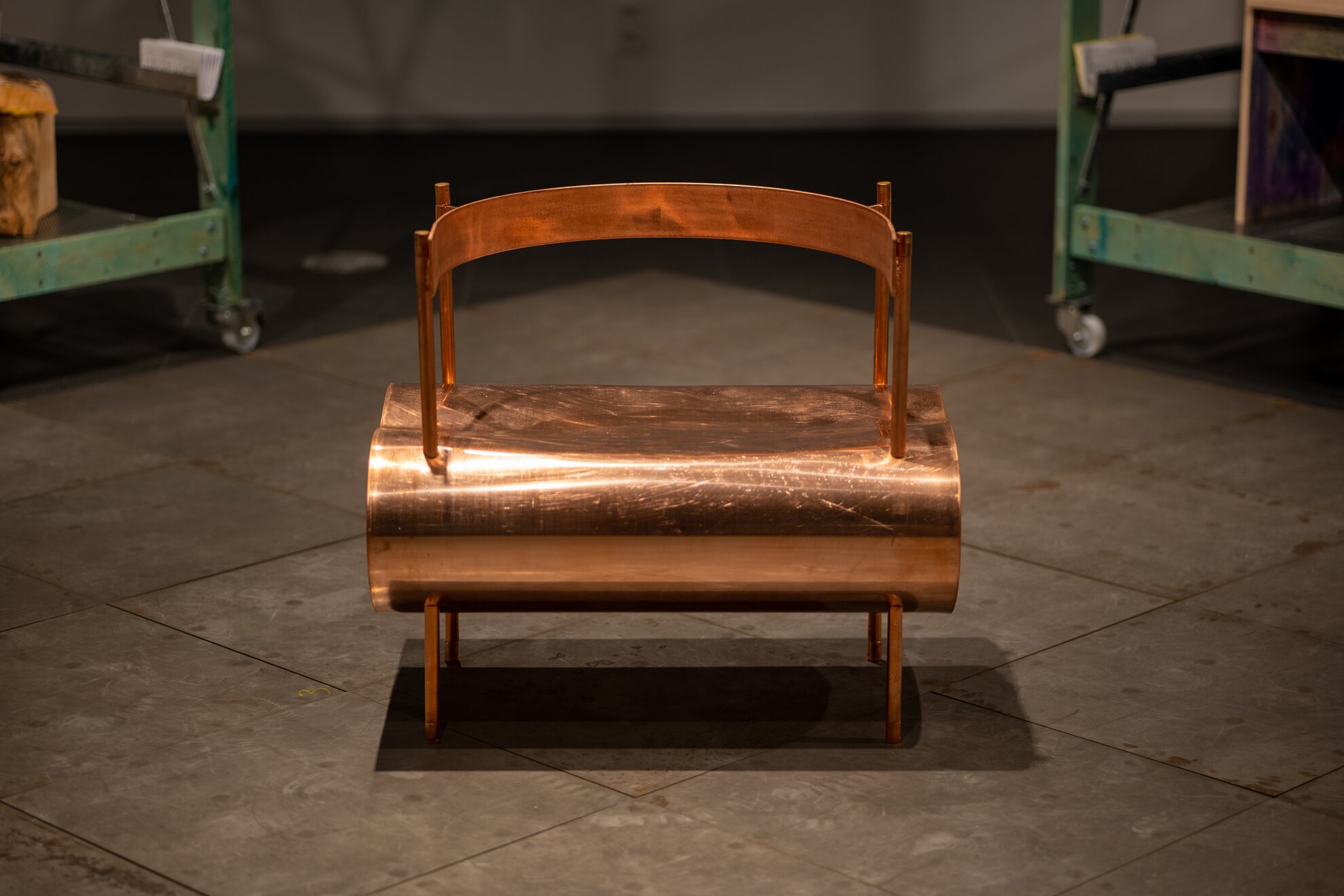
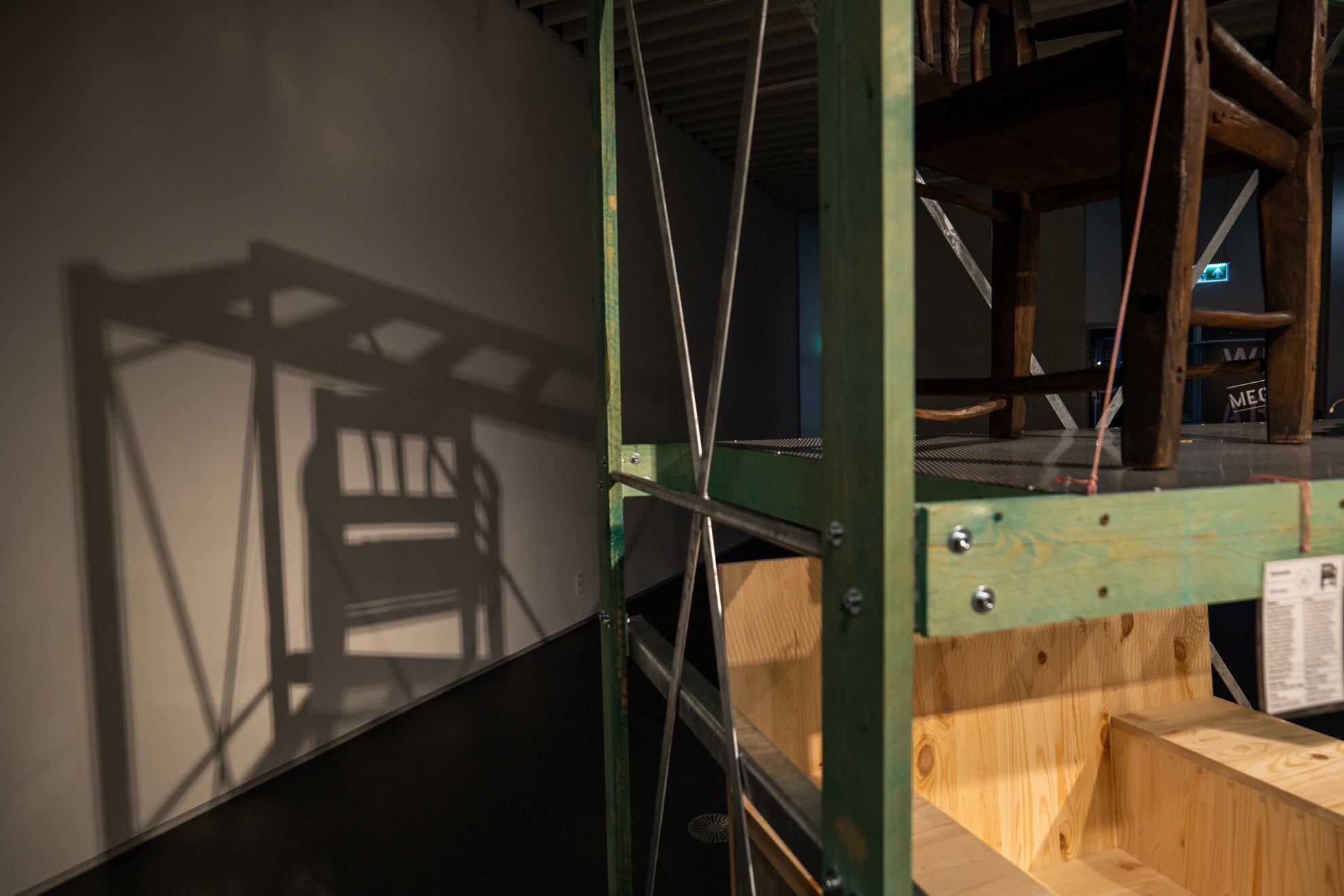
The exhibition is not very large, with a little fewer than 40 items in total. Around half of the collection, 17 chairs, have been selected from the museum's holdings of around 1,200 pieces and can be seen in the top row of the installation, while below are contemporary works by the architects of the AuWorkshop, (Architecture Uncomfortable Workshop), reflecting on the collection, which you can also try out.
About the MaDok program
The collection of the Museum of Ethnography
is most often associated with folk and ethnographic objects, but the spectrum
is broader than that, with a considerable focus on elements of everyday
material culture. The MaDok program is an important part of this activity, a
methodological framework for the preservation of contemporary culture, a
multi-institutional collaboration coordinated by the Museum of Ethnography
since 2003. It has also helped to create the exhibition Chair Pair,
in which the AuWorkshop, two young architects, Emil Dénes
Ghyczy and Lukács Szederkényi, reflect on pieces of the museum's collection.
It's worth following MaDok on Facebook, as well, they have some very entertaining
posts.
Seeing the variety of materials, we are less and less sure whether a chair can even be defined, as we can see here craftsmen-made chairs created with the Thonet technique, which were decorative pieces of the peasant household, a chair made in the Debrecen Bentwood Furniture, or various stools that can be used for work. There are almost countless situations in which people can sit, and the objects used for this purpose offer an infinite number of possibilities, depending on the combination of materials, the method of manufacture, or the type of sitting position, and there are almost infinite methods of decoration.
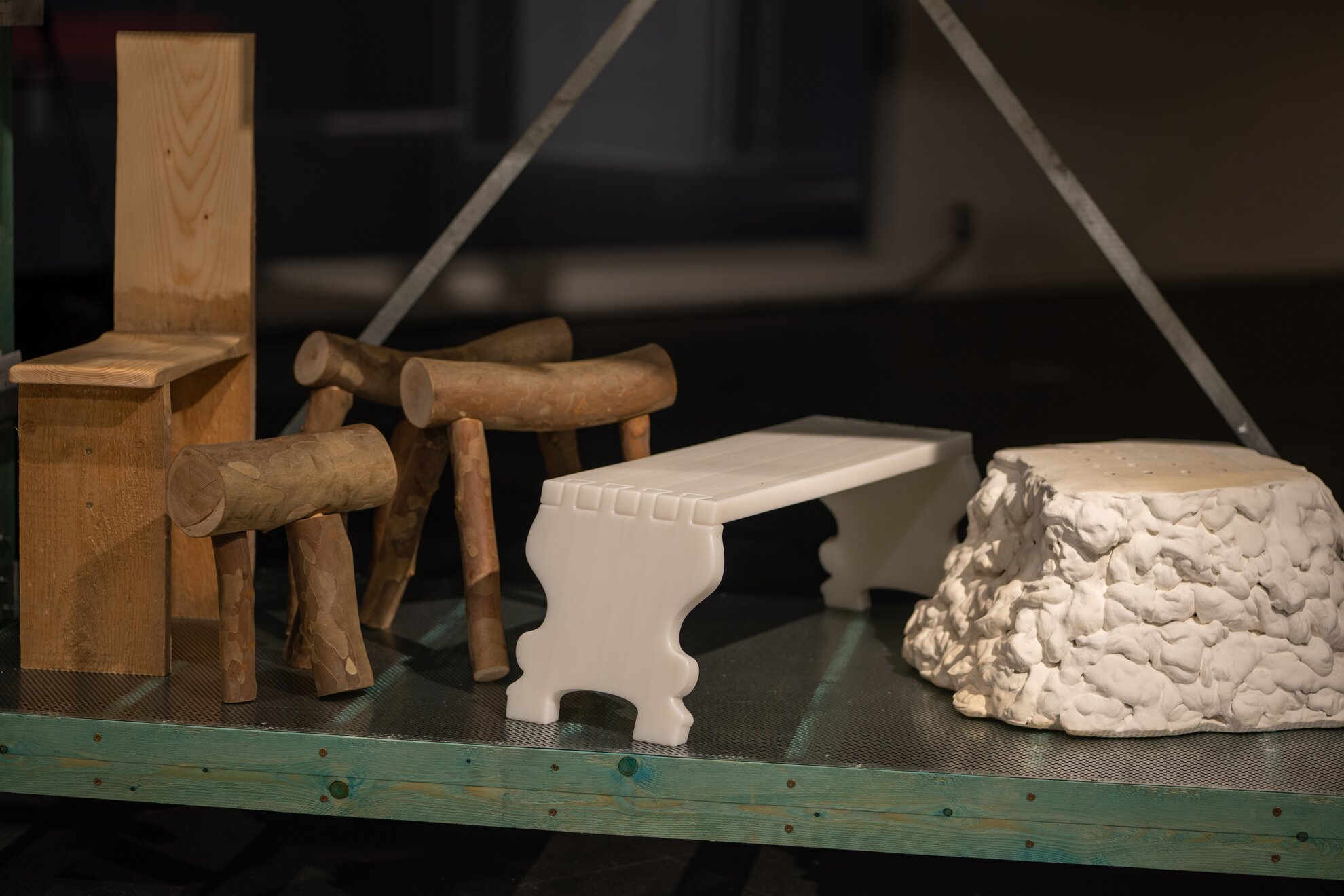
Seeing the pieces created by the AuWorkshop and included in the collection makes you think about many things. For example, if you look at the copper wire harness used for seating by architects and compare it with the horse skulls in the museum collection, often used by shepherds, you will see that they are linked by the same creative approach of recycling the objects around us.
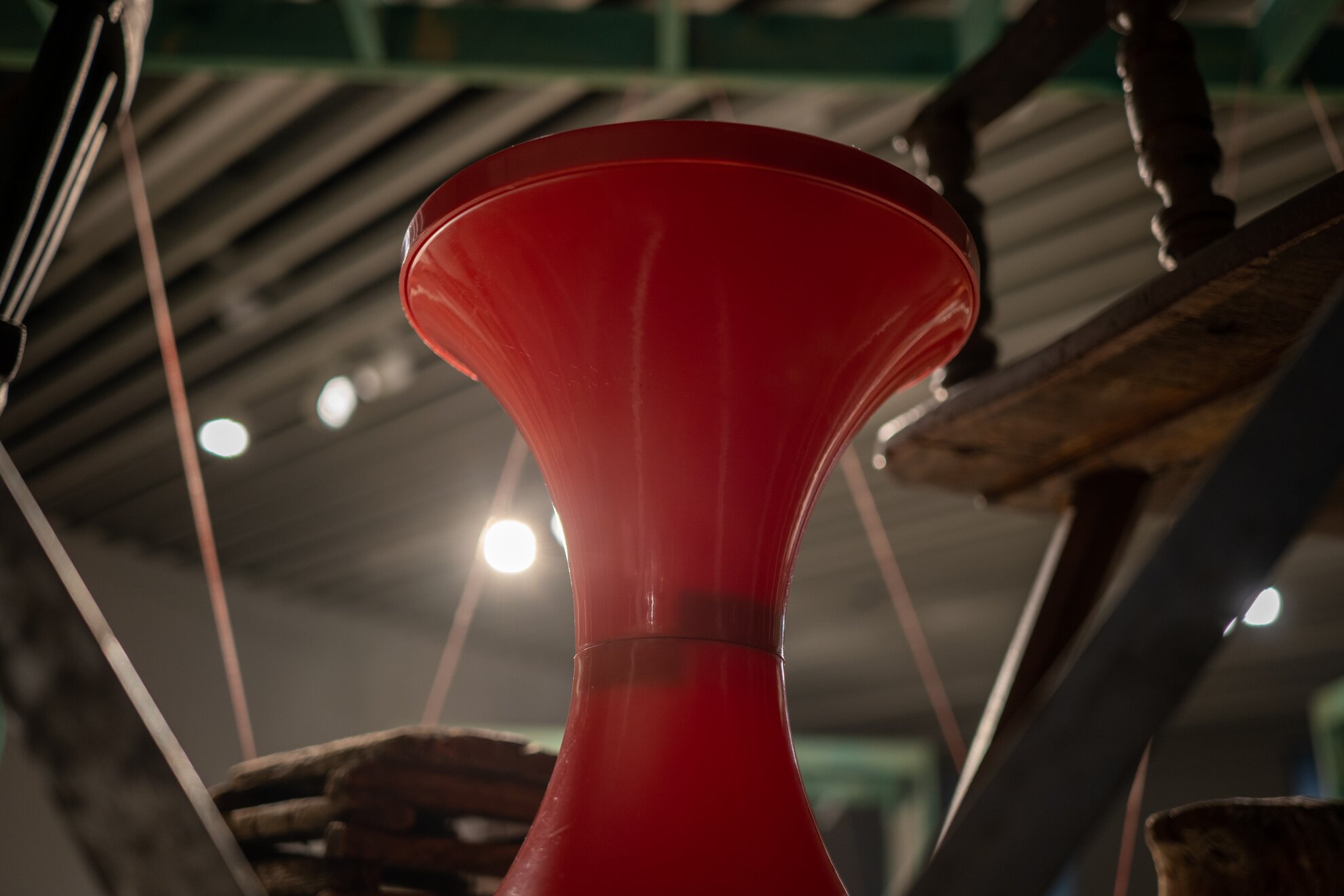
A modern reinterpretation of the beautifully decorated 18th-century guild furniture is a chair with tiny holes drilled into it, which also took some time to be created – and looking at it, you might not be sure about what the decoration is. And among the truly aesthetic furniture made for display, it is astonishing to discover a Flair plastic chair, but the combination of throne-like shape and cheap material makes us think about the changing role of leisure time and the garden, which is now mostly used for relaxation.
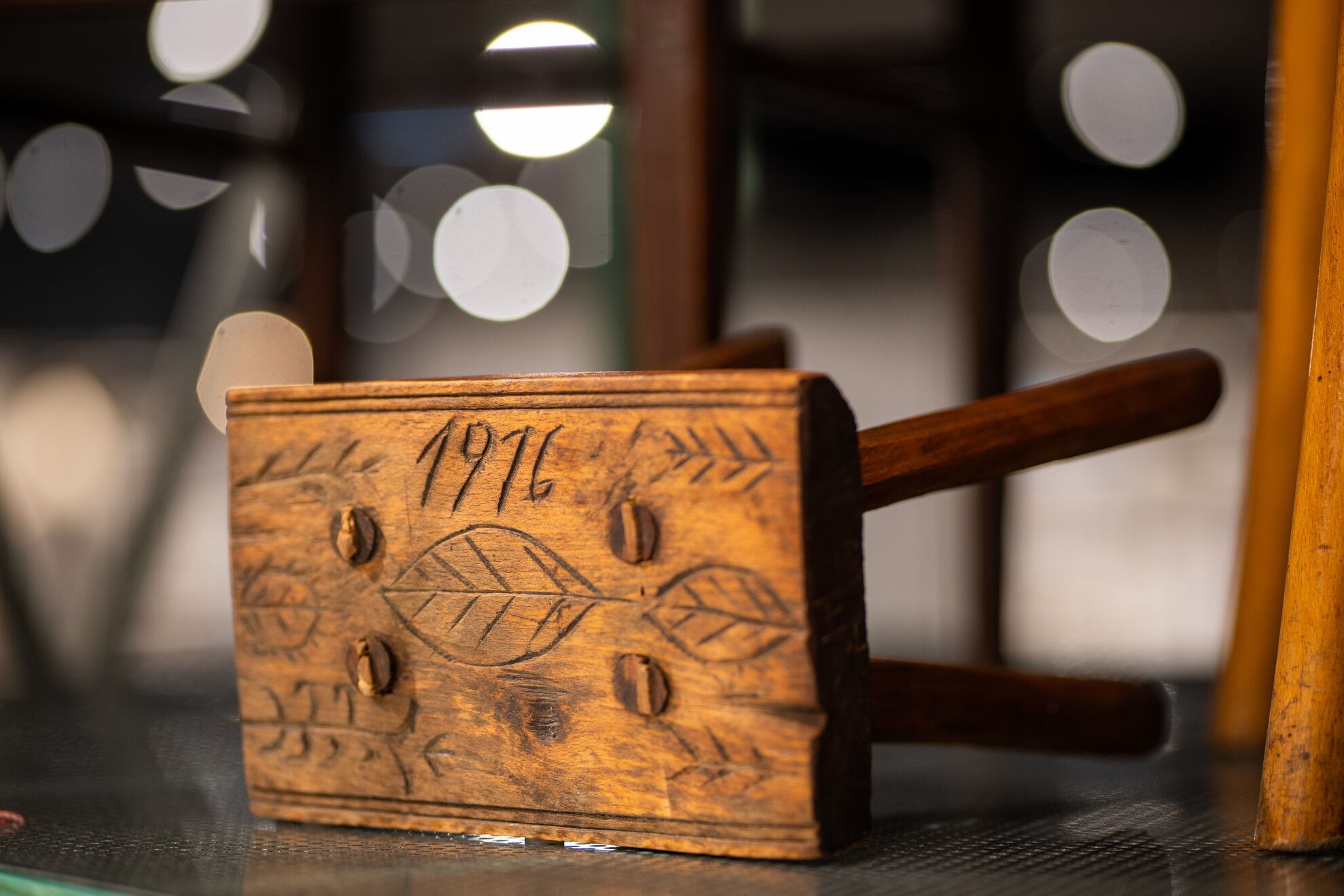
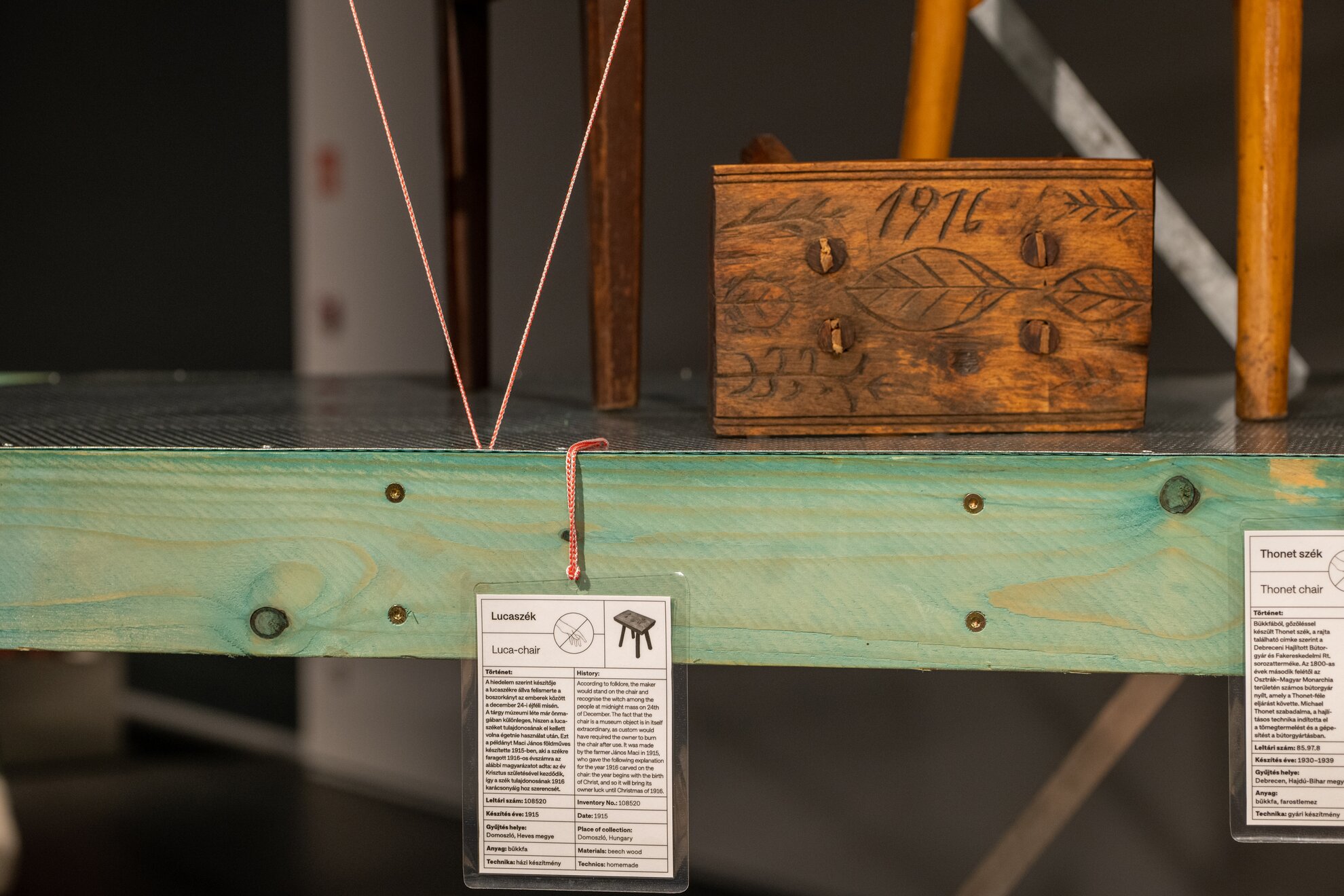
There is not much text in the exhibition, which encourages us to think about the objects independently, sit in as many new chairs as possible and try them out as much as we can. Although the exhibition is not large, the intriguing installation brings this object close and offers a good transition to the other exhibitions in the museum, so you can combine your visit with the Design Week exhibition here, the Zoom exhibition, and the Ceramics Space is also worth a visit. Feel free to wander around the beautiful building and take a stroll through the City Park, bathed in beautiful autumn colours.
The exhibition is open until 31 January 2023, during opening hours.
